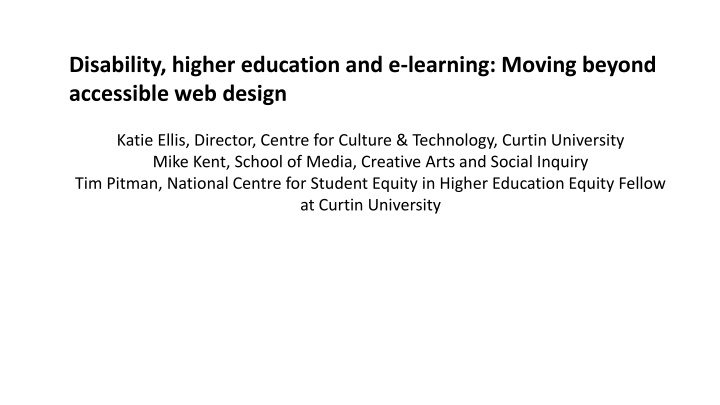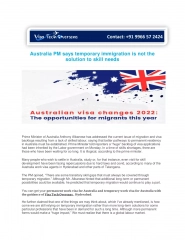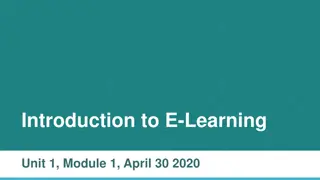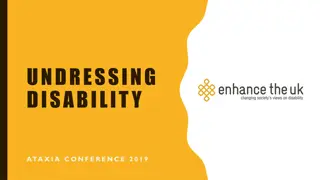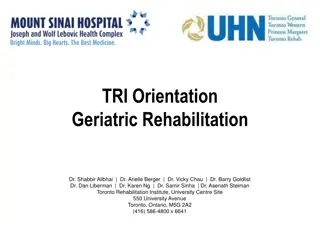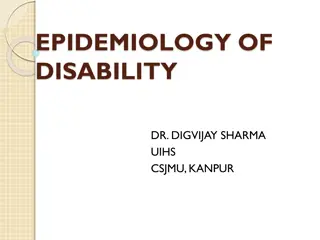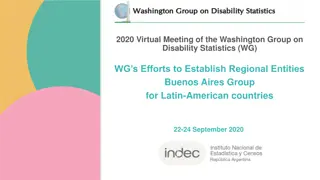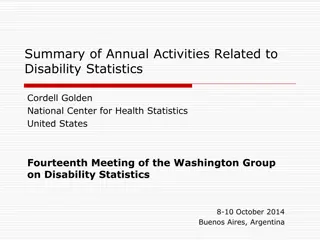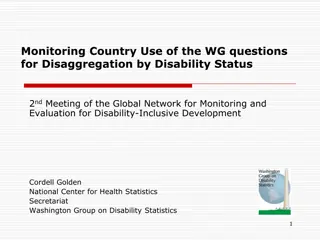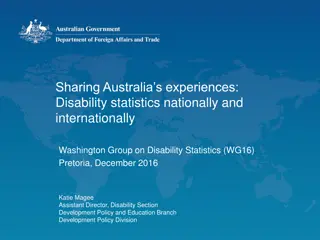Trends in Disability, Higher Education, and E-Learning in Australia
The article discusses the evolving landscape of disability support in higher education, emphasizing the importance of accessible design. It highlights changes in disability categories over time and presents statistics on participation and retention rates for students with disabilities in Australian higher education institutions.
Uploaded on Sep 24, 2024 | 0 Views
Download Presentation

Please find below an Image/Link to download the presentation.
The content on the website is provided AS IS for your information and personal use only. It may not be sold, licensed, or shared on other websites without obtaining consent from the author.If you encounter any issues during the download, it is possible that the publisher has removed the file from their server.
You are allowed to download the files provided on this website for personal or commercial use, subject to the condition that they are used lawfully. All files are the property of their respective owners.
The content on the website is provided AS IS for your information and personal use only. It may not be sold, licensed, or shared on other websites without obtaining consent from the author.
E N D
Presentation Transcript
Disability, higher education and e-learning: Moving beyond accessible web design Katie Ellis, Director, Centre for Culture & Technology, Curtin University Mike Kent, School of Media, Creative Arts and Social Inquiry Tim Pitman, National Centre for Student Equity in Higher Education Equity Fellow at Curtin University
Before we start The creation of categories is part of a process of the identification of the self. Sometimes categorisation is done by the individual. Sometimes it is done by a group. Sometimes it is done by society as a whole. Sometimes it is helpful, at other times it hinders.
If we are required to report, count, are funded, and held accountable for something, it starts to matter a lot. It encourages institutions to put in place mechanisms that are accessible, for champions to raise the issue and push for further development within institutions, and for students to push for its greater implementation. Wheelahan, L., et al. (2003).
Changes in categories over time Rate in 1992 (as defined by Disability Support Officers) Rate in 2017 (As defined by the students themselves) Category Hearing 10% 7% Learning 23% 15% Mobility 20% 8% Vision 11% 11% Medical 12% 41% Other 4% 45% Sources: Andrews, R. J. and J. Smith (1992) & Department of Education and Training (2019).
Australian Higher Education Participation for PwD: 2009 - 2018 80,000 70,143 70,000 65,646 61,072 60,000 57,154 52,418 50,000 47,980 43,732 40,000 39,798 36,966 32,658 30,000 20,000 10,000 0 2009 2010 2011 2012 2013 2014 2015 2016 2017 2018 Source: https://docs.education.gov.au/node/53030 Source: https://docs.education.gov.au/node/53030
Australian Higher Education Retention of Students with Disability (after 1st year) 84 83 82 81 80 79 78 77 76 2009 2010 2011 2012 2013 2014 2015 2016 2017 National retention rate Retention rate for studets with disability Source: https://docs.education.gov.au/node/53030
Completion rate after 9 years (2005 Bachelor cohort) 74 72.6 72.3 72 70 68 66.5 65.6 66 63.8 64 62.3 62 62 60 58 56 All students Hearing Learning Mobility Medical Other Visual Source: Department of Education (2014).
The research project 1. Literature review and environmental scan 2. Performance review of the case study institution 3.Online survey of student with disability
The survey respondents (n=229) 140 120 100 80 60 40 20 0 Hearing Learning Mobility Visual Medical Other
Reported technologies used in home and university settings 120 100 80 60 40 20 0 Screen Reader Dictation Software eBooks Captioned Screen Content Smartphone apps Other University Home
At university, do you prefer using technology specifically designed for people with disability, or mainstream technology? 90 80 70 60 50 40 30 20 10 0 Disability-specific much better Mainstream much better Mainstream usually better Disability-specific usually better Depends on issue
Overall findings The significant improvement of participation of people with disability is heartening, yet still more needs to be done to support these students in succeeding at the same rates as their peers. Students with medical-related conditions are significantly over-represented in online studies, meaning these students have a particular and pressing need for technological support. The most commonly-used assistive technologies are e-Books and Smartphone Apps, both at home and at university. This may indicate that assistive technologies are becoming increasingly mainstreamed Notwithstanding the need for some very specific technologies, more students find mainstream technologies to be more helpful than disability-specific technologies However, universities still have a large role to play in providing essential infrastructure to support students, even as they bring their own technological solutions to their study. These include physical spaces, computers/laptops; and the social inclusion of students, particularly those studying online.
Access to Education Disability Discrimination Act 1992 Education (2) It is unlawful for an educational authority to discriminate against a student on the ground of the student s disability: (a) by denying the student access, or limiting the student s access, to any benefit provided by the educational authority; or (2A) It is unlawful for an education provider to discriminate against a person on the ground of the person s disability: (a) by developing curricula or training courses having a content that will either exclude the person from participation, or subject the person to any other detriment; or
Disability Standards for Education 2005 The objects of these Standards are: (a) to eliminate, as far as possible, discrimination against persons on the ground of disability in the area of education and training; and (b) to ensure, as far as practicable, that persons with disabilities have the same rights to equality before the law in the area of education and training as the rest of the community; and (c) to promote recognition and acceptance within the community of the principle that persons with disabilities have the same fundamental rights as the rest of the community.
United Nations Convention on the Rights of Persons with Disability 2006 Preamble: Recognizing the importance of accessibility to the physical, social, economic and cultural environment, to health and education and to information and communication, in enabling persons with disabilities to fully enjoy all human rights and fundamental freedoms Article 9: To enable persons with disabilities to live independently and participate fully in all aspects of life, States Parties shall take appropriate measures to ensure to persons with disabilities access, on an equal basis with others, to the physical environment, to transportation, to information and communications, Article 24: ensure that persons with disabilities are able to access general tertiary education, vocational training, adult education and lifelong learning without discrimination and on an equal basis with others. To this end, States Parties shall ensure that reasonable accommodation is provided to persons with disabilities.
Some recommendations The university should, as soon as practical, adopt an efficient automated captioning system for all recorded lectures to provide a timely captioning service to all students. Consideration needs to be given to an inclusive digital learning strategy that embraces students with complex medical disabilities and those in the other category of disabilities most notably students with mental illness, both of which are over represented in the online learning cohort. Assistance and provision of digital technologies need to be revised to better target student needs to better accommodate the 33% of respondents to this study who found them inadequate. Technical support for students with disabilities studying online and external to campus require urgent review to better accommodate the needs of these students. Consideration needs to be given to the provision of social and emotional support for students with disabilities studying online and external to campus.
Acknowledgements The research underpinning this presentation was funded through the Curtin Teaching Innovation Grants Scheme (2018).
